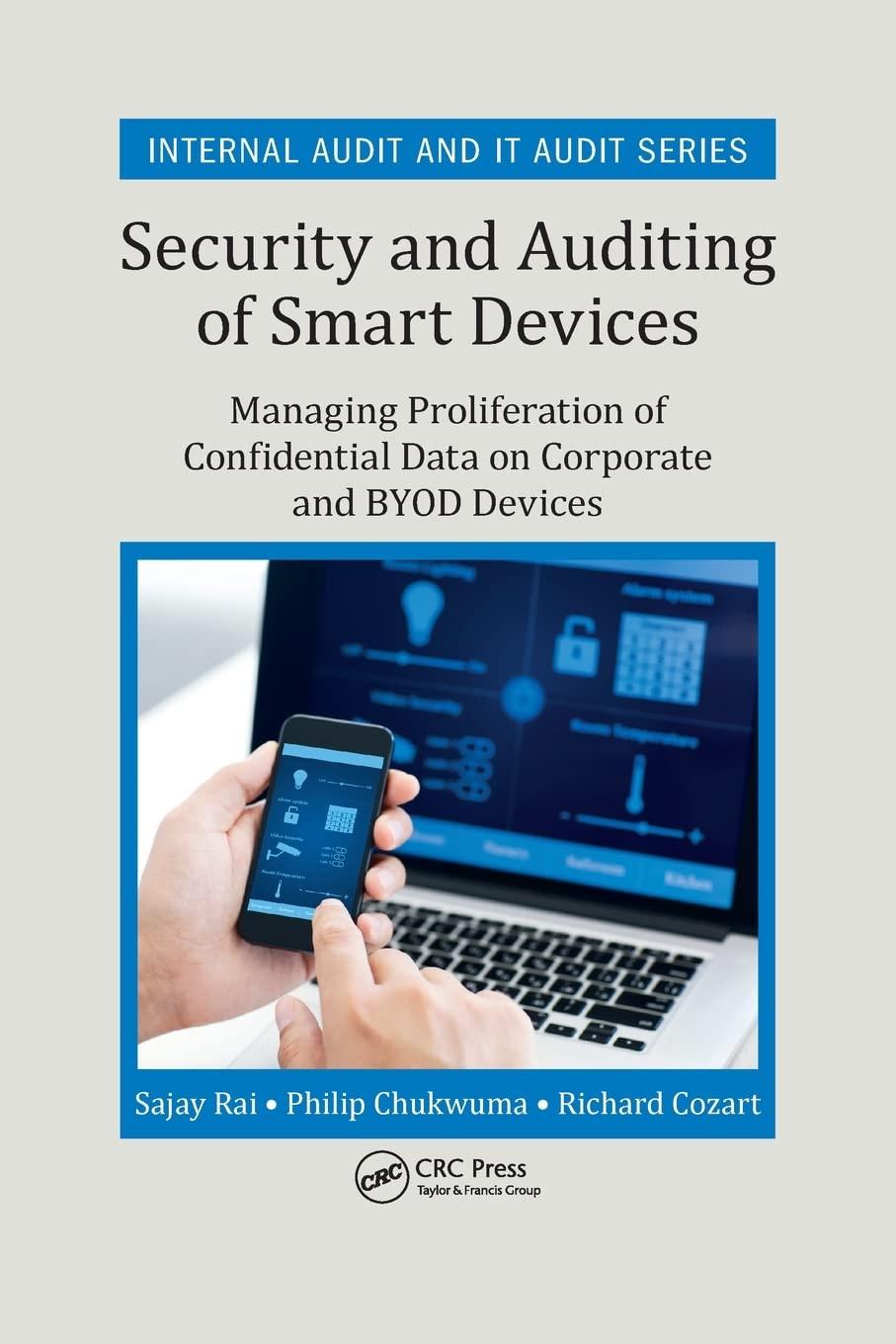Question
Lecture 23Consider a merger among firms producing complements. Specifically, suppose that each consumer in a market desires a unit of coffee C composed of a
Lecture 23Consider a merger among firms producing complements. Specifically, suppose that each consumer in a market desires a unit of coffee C composed of a unit of coffee beans B and two units of milk M. Let pB denote the price of a unit of coffee beans, and let pM denote the price of a unit of milk. (a) What is the price of a unit of coffee? (b) Let a > 0 denote consumers willingness to pay for a unit of coffee when its price is zero. Suppose that the inverse demand function for coffee is linear. Write down the inverse demand function. (c) Suppose that the firms production of coffee is costless. i. Suppose that the producer of coffee beans and the producer of milk are independent firms, and they strategically set prices to maximize profits. Solve for all Nash equilibria. Calculate the equilibrium prices, the quantity produced of each product, and the firms profit levels. ii. Now suppose that the producer of coffee beans and the producer of milk merge under a single ownership. Calculate the monopoly equilibrium prices, the quantity produced of each product, and the monopolys profit. iii. Is this merger welfare-improving? Compare the prices and profits of the firms before and after the merger. Explain.

Step by Step Solution
There are 3 Steps involved in it
Step: 1

Get Instant Access to Expert-Tailored Solutions
See step-by-step solutions with expert insights and AI powered tools for academic success
Step: 2

Step: 3

Ace Your Homework with AI
Get the answers you need in no time with our AI-driven, step-by-step assistance
Get Started


